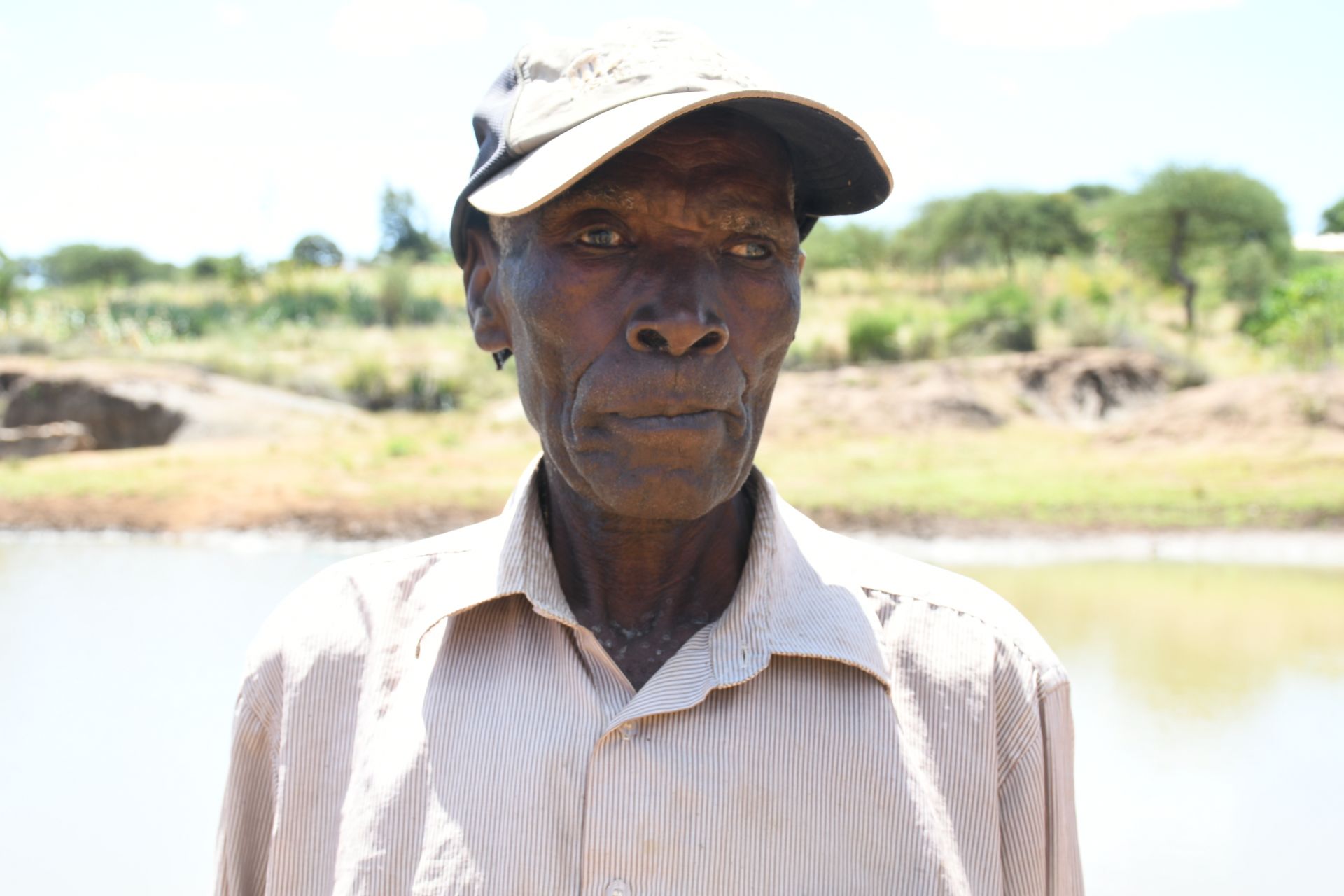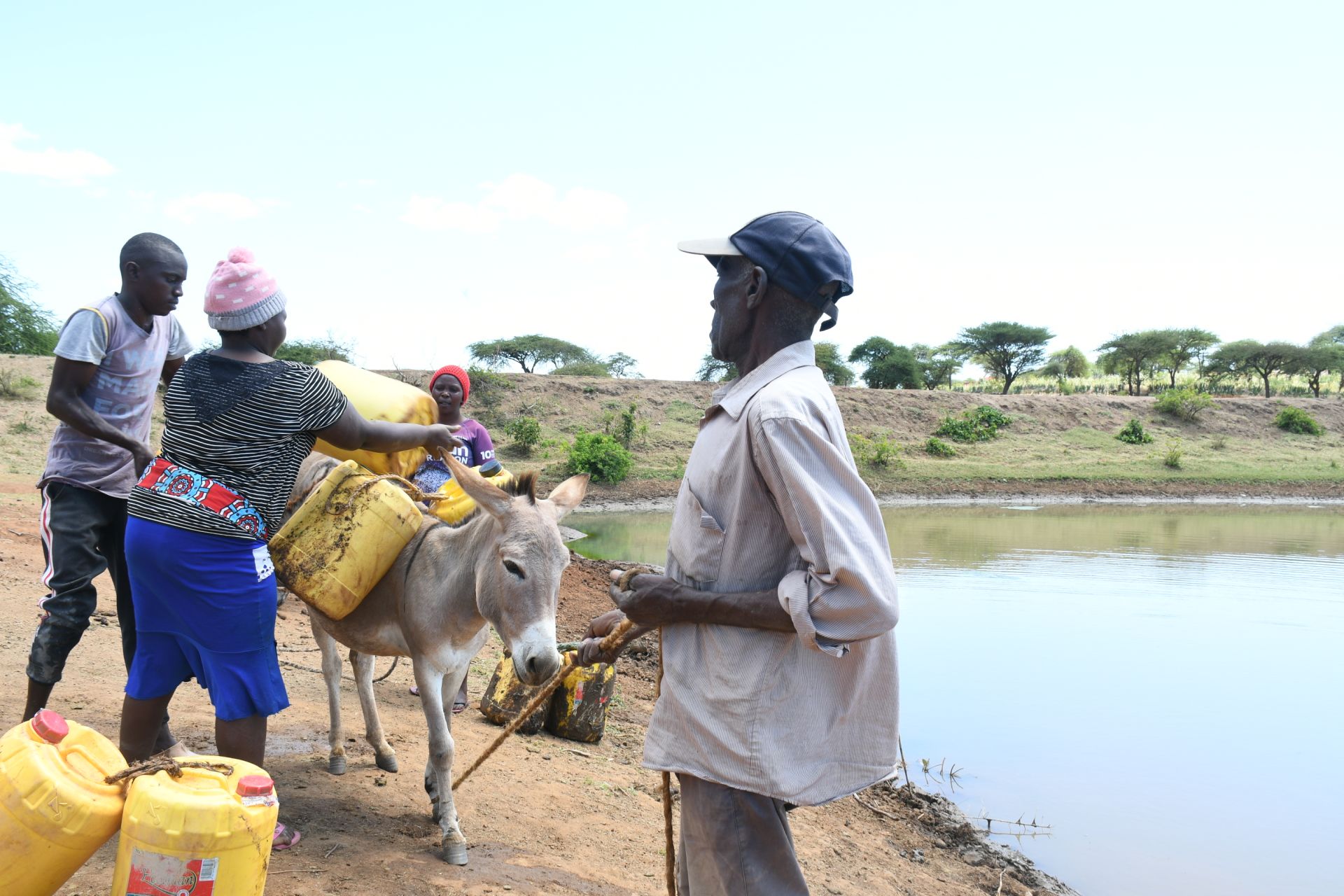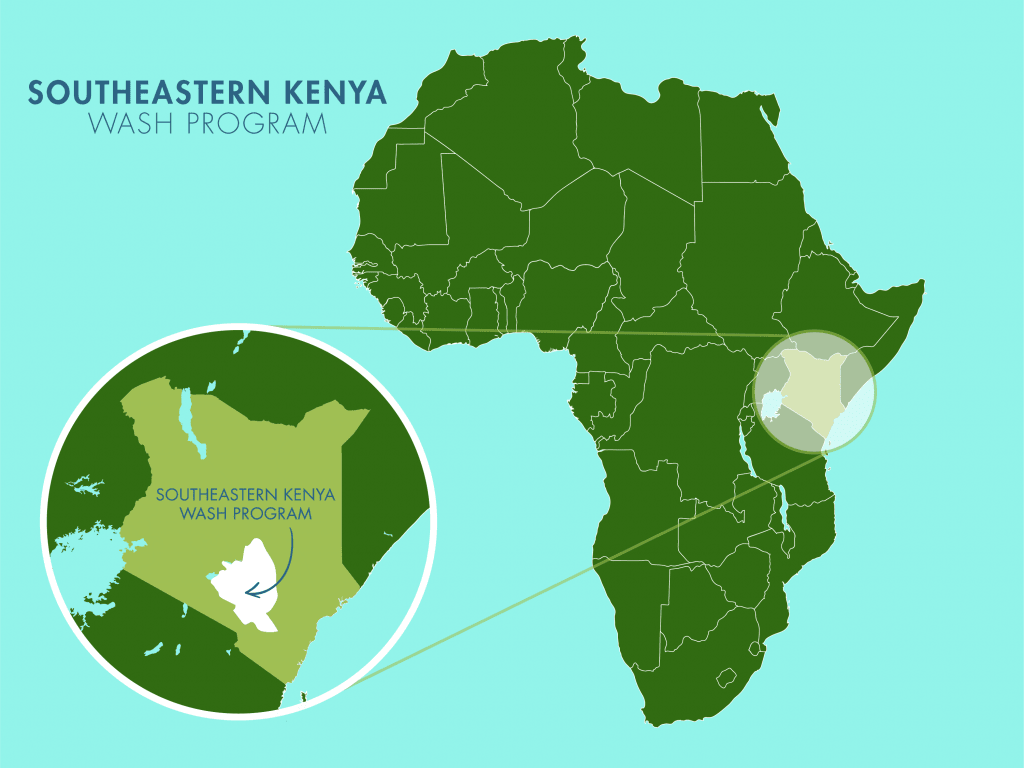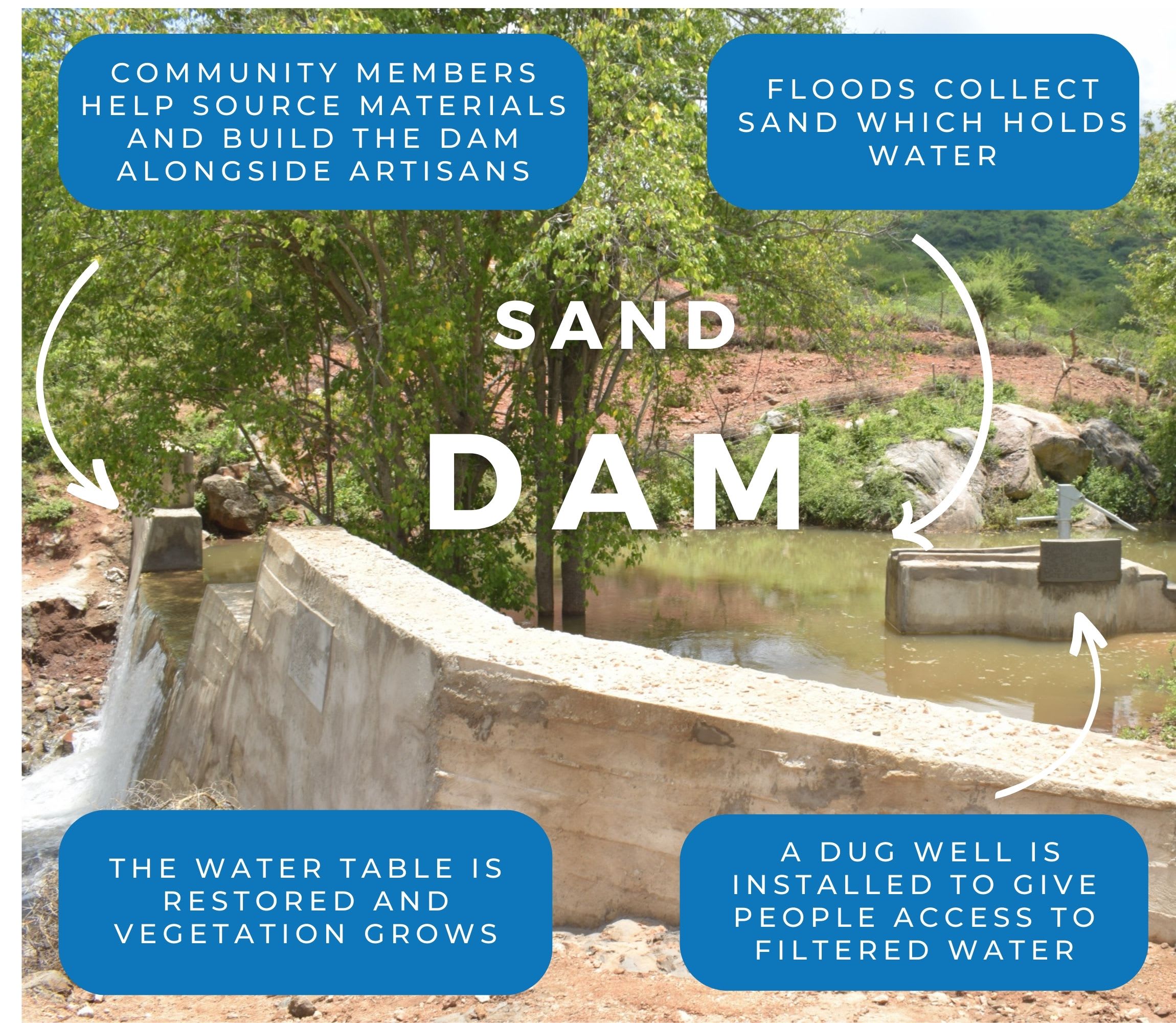In the Kiliku Community, collecting water is a task that consumes most of the day for its 500 residents. The only available source is an unprotected earth dam, a shallow pool of brownish water shared between people and animals. Every morning, families begin their long journey down dusty, rocky paths that wind through uneven terrain. The trip takes an average of two hours, and during the dry season, the round trip can stretch to four hours or more as the water level drops and queues grow longer.
The area around the dam is not kept clean. It is open to livestock, with animal waste visible all around. Dust and debris easily blow into the water, making it unsafe to drink. The remaining water is brownish in color, with an unpleasant smell and taste, which are clear signs of contamination.

Despite the risks, this dam is all the community members of Kiliku have to rely upon.
Residents report frequent cases of diarrhea, stomach pain, and other gastrointestinal illnesses after drinking from the dam. Skin rashes and eye irritations are also common, likely caused by algae and other contaminants.
As the hours pass while waiting in line, precious time is lost —time that could be used for farming, tending livestock, or caring for children. The burden of fetching water often falls on women, children, and the elderly, who must navigate the dangerous, uneven terrain daily.

Community members struggle to haul water out of the earth dam.
For seventy-five-year-old Joel Musyimi, a farmer and lifelong resident of Kiliku and his neighbors, the importance of clean water cannot be overstated: “Yes, water is life; without it our lives have become very difficult. We need water here for our livestock, vegetable farms, and even domestic purposes like cooking and drinking. We spend most of our time and energy fetching water from the distant sources, which would have been expended on other crucial activities like rearing livestock or farming.”

Mr. Joel Musyimi.
He explains that drought makes things even more complicated: “It is because of the immense drought in our area, and many people even beyond our village come here to fetch water, which causes a reduction of water supply from the earthdam.”

The community has tried to address its water crisis before. The county government built the existing earth dam, but it has proven unsustainable. A previous sand dam project was also attempted, but the structure was poorly constructed and could not store enough sand or water to last through the dry seasons.
Now, Kiliku Community looks forward with renewed hope. The proposed sand dam project will bring safe, clean, and reliable water within a short walking distance. The new system will protect the water from contamination and ensure a steady supply even during droughts.
With this project, residents will no longer have to choose between fetching water and farming. Families will have the opportunity to grow vegetables, plant trees, and enhance their hygiene and sanitation at home. Children will be healthier and better able to attend school, and elders like Joel will finally see the day when their community thrives again.

Joel can imagine how life will change when he and his community have access to clean water.
“We would be using our time to prepare our farms for the rain season; we would be terracing, fencing or doing various crucial activities in the farm. I would also be using my time to take care of livestock. With sufficient water, our income levels will improve, and we will also be able to feed our families easily, unlike now, where water scarcity has led [to] poor living standards," said Joel.
For Kiliku Community, clean water means more than quenching thirst—it means freedom, dignity, and opportunity. It means the chance to turn hours of walking into hours of productivity. It means children can grow up healthy, farmers can grow their crops, and families can live with hope.
Solving the water crisis in this community will require a multifaceted system that will work together to create a sustainable water source that will serve this community for years to come.
Steps Toward a Solution
Our technical experts worked with the local community to identify the most effective solution to their water crisis. Together, they decided to construct a sand dam and a protected dug well.
Sand Dam
Sand dams are sought-after, climate-smart, and lasting water solutions providing hope and resilience to communities in arid Southeastern Kenya. Think of them like giant sandboxes constructed in seasonal rivers that would typically quickly dry up after the rainy season. Instead of holding water like traditional dams, they collect sand and silt.
When infrequent rains do come, these dams catch a percentage of the river's flow, letting most of the water continue downstream to other communities. But here's the magic: the sand they collect acts like a natural filter, holding onto water long after the river's gone dry. Then, wells are constructed nearby, creating a reliable water source even during the driest times.
And the benefits don't stop there! In communities impacted by climate change, sand dams replenish groundwater and prevent soil erosion. Even during severe droughts, the consistent water supply from these sand dams allows farmers to thrive, giving way for enough food not only for their families but also to sell in local markets.
The most remarkable aspect of sand dams is how they involve the local community every step of the way, giving them a sense of ownership and pride in solving their own water shortage and managing their own water resources.
This sand dam will be connected to a protected dug well to make the water more accessible.
Community Education & Ownership
Hygiene and sanitation training are integral to our water projects. Training is tailored to each community's specific needs and includes key topics such as proper water handling, improved hygiene practices, disease transmission prevention, and care of the new water point. Safe water and improved hygiene habits foster a healthier future for everyone in the community.
Encouraged and supported by our team's guidance, the community elects a water user committee representative of its diverse members. This committee assumes responsibility for maintaining the water point, organizing community efforts, and gathering fees to ensure its upkeep.

 Sand Dam
Sand Dam
 Rehabilitation Project
Rehabilitation Project


















